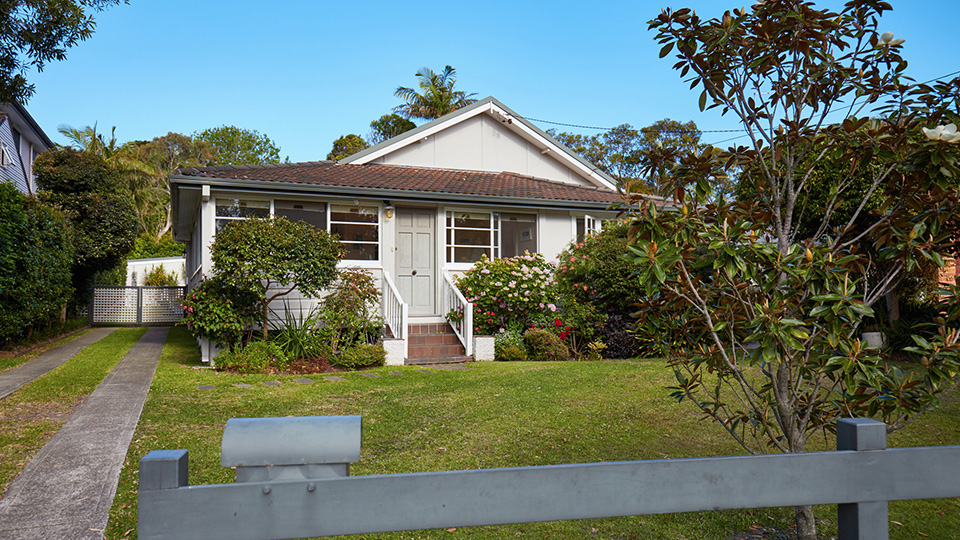Empty residential properties: What you need to know about vacant residential land tax
August 16, 2018

On July 1, 2018 the Victorian State Revenue Office (SRO) began charging inner and middle Melbourne property owners a vacant residential land tax on residential properties that were vacant for more than six months during the 2017 calendar year.
This tax does not replace land tax; it is in addition to it.
As the legislation only reached Parliament in May 2017, all homes are considered to have been occupied for the first four months of the year.
Residential premises only needed to be occupied for two months between May 1, 2017 and December 31, 2017 to avoid the tax.
This tax is intended to address the supply issue.
While there is a high demand for property, the 2016 census revealed that 1,089,165 dwellings were unoccupied across Australia.
The SRO has targeted residences that fall within the following council areas for closer review:
- Banyule
- Bayside
- Boroondara
- Darebin
- Glen Eira
- Hobsons Bay
- Manningham
- Maribyrnong
- Melbourne
- Monash
- Moonee Valley
- Moreland
- Port Phillip
- Stonnington
- Whitehorse
- Yarra.
The vacant residential land tax will target residential property that includes houses, townhouses and apartments, residential properties that are being renovated, and land where the residence has been demolished and a new home is being built. Vacant land will not be included.
For residential property undergoing renovation or construction, there is a two-year exemption from the vacancy tax from the date the building permit was issued.
Tax is calculated on the capital improved value (CIV) of the property. This is the market value of the land plus building and improvements and can be found on your council rates notice.
The tax is charged at 1% of the CIV. If your vacant home has a CIV of $1,000,000, the tax bill will come to $10,000.
The vacancy rule applies to the total vacancy period across the full calendar year. It doesn’t need to be six continuous months.
The tax will be triggered if:
- The owner hasn’t lived in the property as their principle place of residence for more than six months; or
- A short lease has been broken and not replaced during that period.
If the property is available for rent, this is not enough. If it’s unoccupied it will be considered vacant. Likewise, casual use by family and friends would also not count as occupation.
Residential properties that are allowed a land tax exemption will also be exempt. Other homes that may also be exempt include:
- Properties where ownership has changed during the year
- Holiday homes where owners occupy the premises for at least four weeks of the year
- Home owners who occupy the property to attend work for at least 140 days of the year.
Notifications must be made to the SRO through their online portal.
If the assessed tax is unpaid a hold could be placed on the property. The tax would then be deducted when the property is sold.
Anyone who owns a residential property that is vacant for more than 6 months of the year (or two months from May 1 to December 31, 2017) should notify the SRO by mid-January of the following year.
Owners who are yet to inform the SRO for last year should do so as soon as possible. This will be looked upon more favourably than if your property is identified as vacant through investigation.
People are also encouraged to inform the government of any home they believe to be unoccupied.
